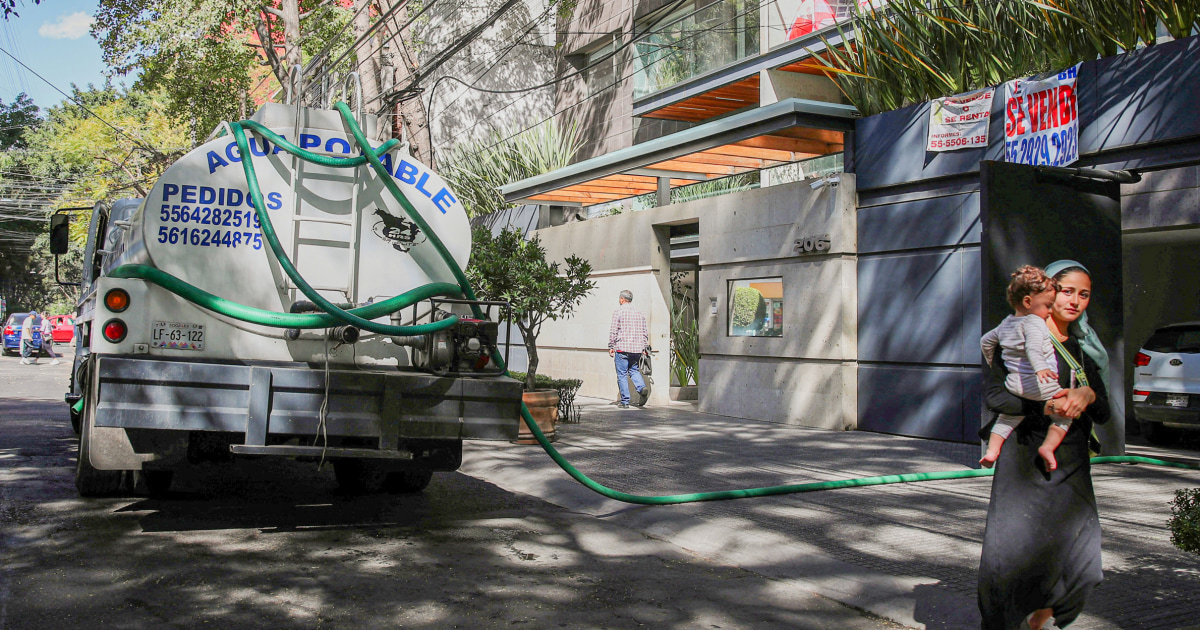After a month of July considered by Météo France as the driest in sixty years, the chances of seeing the rain fall are diminishing. A new heatwave episode begins this Thursday. Hydrologist at the French Biodiversity Office, Claire Magand estimates that droughts will be more intense and longer by 2050 and will permanently affect the level of rivers. Which is not without consequences for our daily life.
Does the current drought have a big impact on the level of rivers?
CLAIRE MAGAND. It has a very significant impact in certain regions. If we look at the maps of the National Low Water Observatory, we notice that the assecs (Editor's note: the state of a river that ends up without water ) were predominant in the East, in particular along the valley. of the Rhône, in June. They are now much more widespread, particularly in Charente-Maritime and Vendée. Today there are quite a few rivers whose beds are completely dry. This is the case in Ardèche, for example, at the level of the tributaries of the Cance river.
What are the consequences of these dryings?
The drinking water supply, especially in Auvergne, is starting to be affected. Some municipalities pump water from reservoirs created upstream, along rivers. But as the drought lowers the level, this degrades the quality of water intended for the tap. Last year, several villages in France had to be supplied by tankers, especially cattle farms in Cantal to be able to water the animals.
What is the impact on the fish population in the waterways?
Newsletter My Earth
Every week, the environmental news seen by Le ParisienI'm registering
Your email address is collected by Le Parisien to enable you to receive our news and commercial offers. Learn more
When the water level drops, the oxygen level is reduced and the temperature of the river increases, which the most vulnerable fish cannot tolerate. And if the amount of water drops to such an extent that the fish can no longer circulate, then this causes very high mortalities and there is even a risk that the entire population of the stream will disappear. Fishing federations can then organize backup fisheries when fish find themselves in a cul-de-sac in the river. They collect them in traps and transfer them to areas where the flow is higher.
Farmers, who need water to irrigate, would like more water reservoirs.
It makes good sense to collect rainwater in winter and then use it in summer, but it is a very tricky short-term solution. Since the 1980s, a lot of reservoirs have been built in France. In Ardèche, for example. But that did not prevent there being many more drought orders today. This is due to one explanation: when these reservoirs are built upstream of watercourses, near springs, the water then flows less into the river and also feeds less into the wetlands which participate in supporting the summer flow. If we continue at the same time to plant crops that require a quantity of water greater than that naturally available in the environment, we are going straight into the wall.
Will global warming worsen these episodes of drought?
Yes. For four years now, droughts have started earlier and ended later, sometimes extending into November or December. On the Durance, for example, projections are based on an average decrease in the flow of the river from -7% to -25% by 2050. And in summer, the water level could even decrease by. half.






/cloudfront-eu-central-1.images.arcpublishing.com/prisa/JSZAI54QNNG2PE36BGH3NJUXQ4.jpg)








